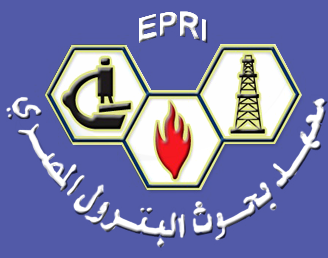Article Type
Research Paper
Highlights
- Styrene based terpolymers were successfully synthesized which were further esterified to obtain esters.
- All of the synthesized compounds were evaluated for their efficacy as pour point depressants.
- Among all the esters, ester with carbon chain resembling the average carbon number of wax significantly reduced pour point of crude oil samples and can be implemented as pour point depressant for waxy crude oils.
Abstract
Paraffin deposition in the pipeline is one of the most significant challenges in oil and gas production operations, with millions of dollars spent on mitigation each year. Wax deposition in the flow line causes pumping issues, which is aggravated during the winter. The rheological characteristics of the crude oil can be enhanced by pour point depressants (PPDs) which are extensively used in petroleum industry. The current study focuses on the synthesis and evaluation of the impact of styrene-based terpolymers on the pour point and rheological characteristics of a crude oil sample. Styrene based terpolymers with different alkyl pendant chains were synthesized and then esterified with fatty alcohols to obtain esters. These esters have been characterized by various analytical techniques. The effect of the PPDs were evaluated using different analytical techniques including pour point (PP), rheology, cold finger test and microscopic techniques. The experimental investigations suggest that among all esters, the ester with a carbon chain similar to the average carbon number of wax show superior performance as PPD to improve the cold flow characteristics of fluid considered for the study.
Keywords
Pour point Depressants (PPD), Crude oil, Rheology, Terpolymer, Cold finger Test
Recommended Citation
Patel, Zarana; Patel, Jinal; and Nagar, Ashish
(2024)
"Investigation of Styrene based Terpolymers as Pour Point Depressant for Waxy Crude oils,"
Egyptian Journal of Petroleum: Vol. 33
:
Iss.
2
, Article 3.
Available at: https://doi.org/10.62593/2090-2468.1022
Creative Commons License

This work is licensed under a Creative Commons Attribution-NonCommercial-No Derivative Works 4.0 International License.







